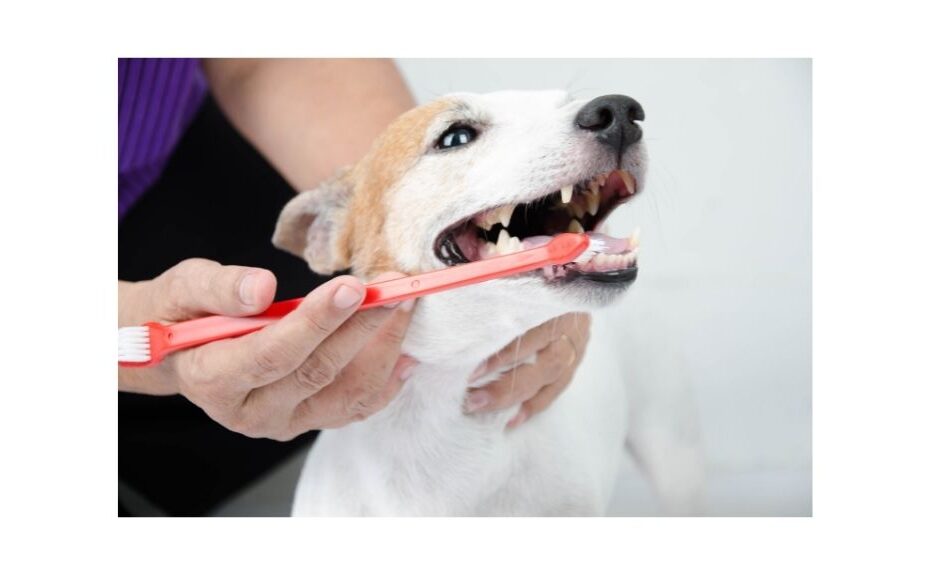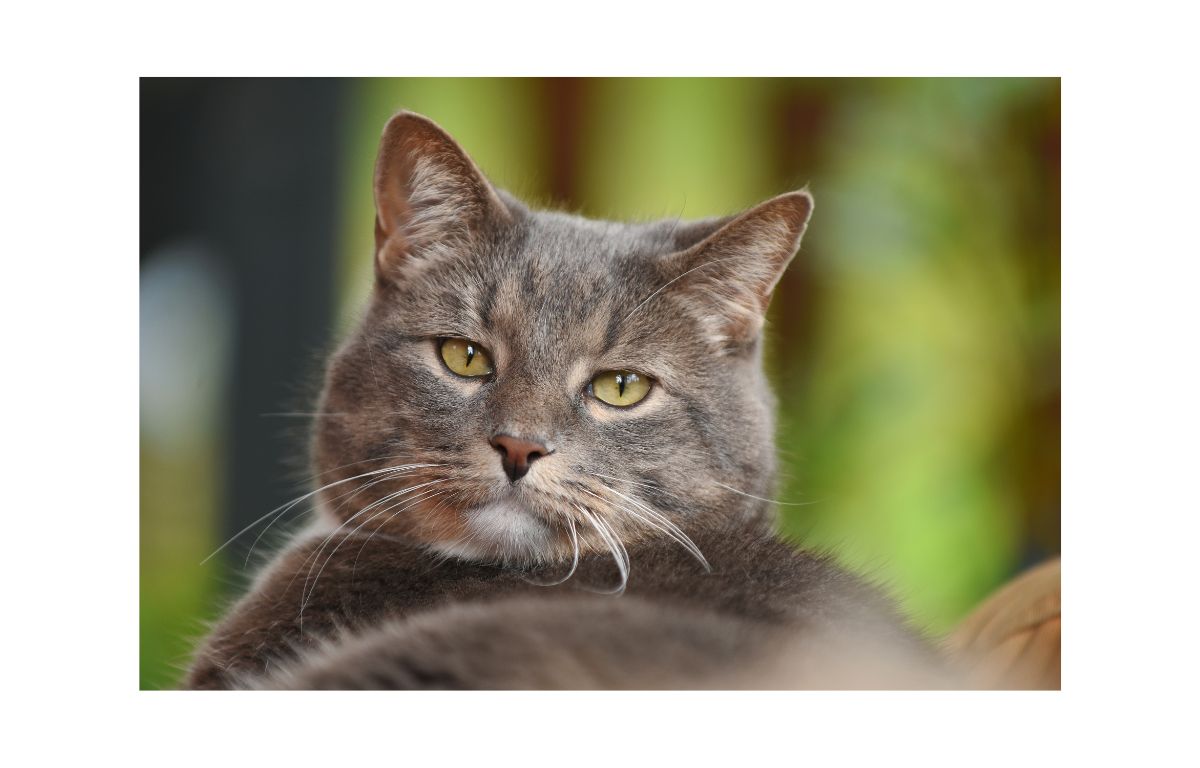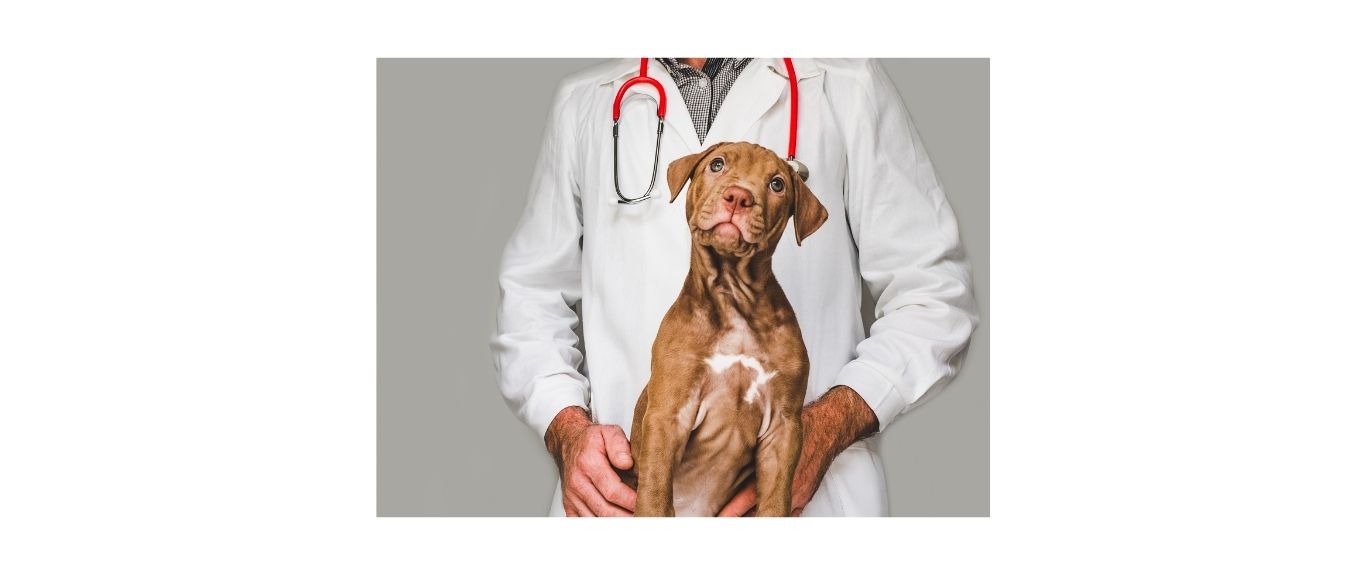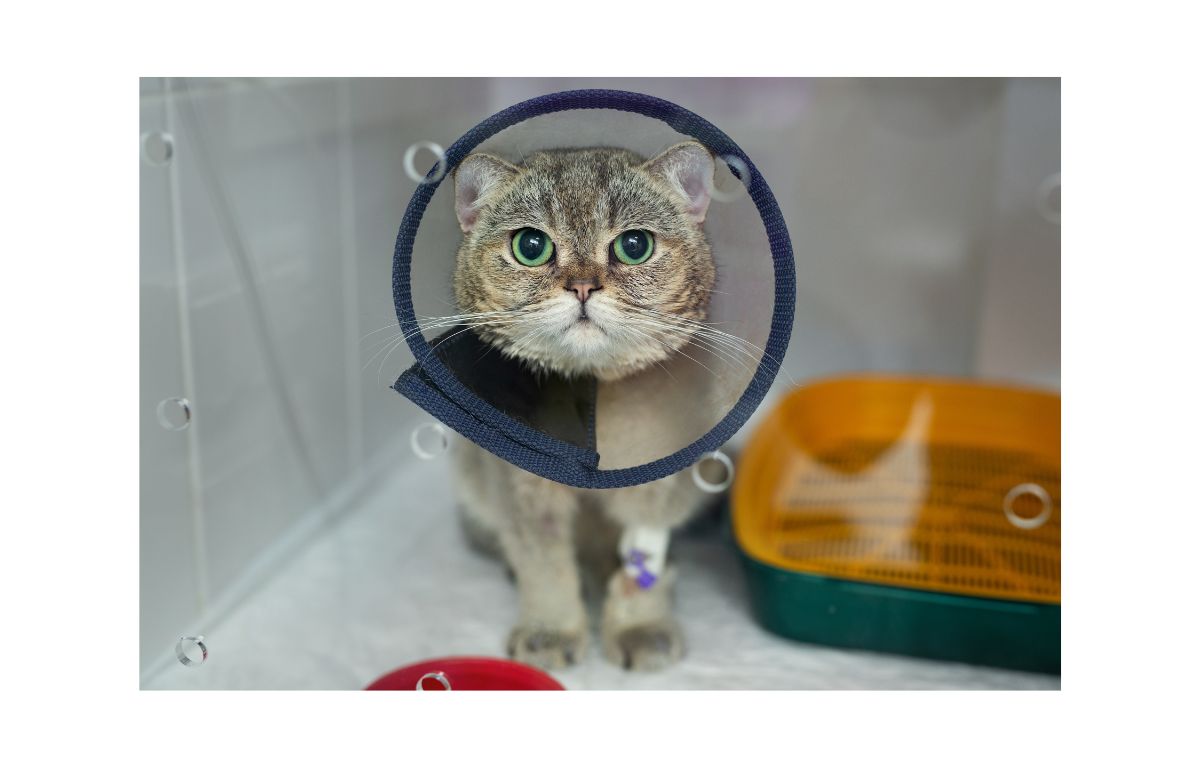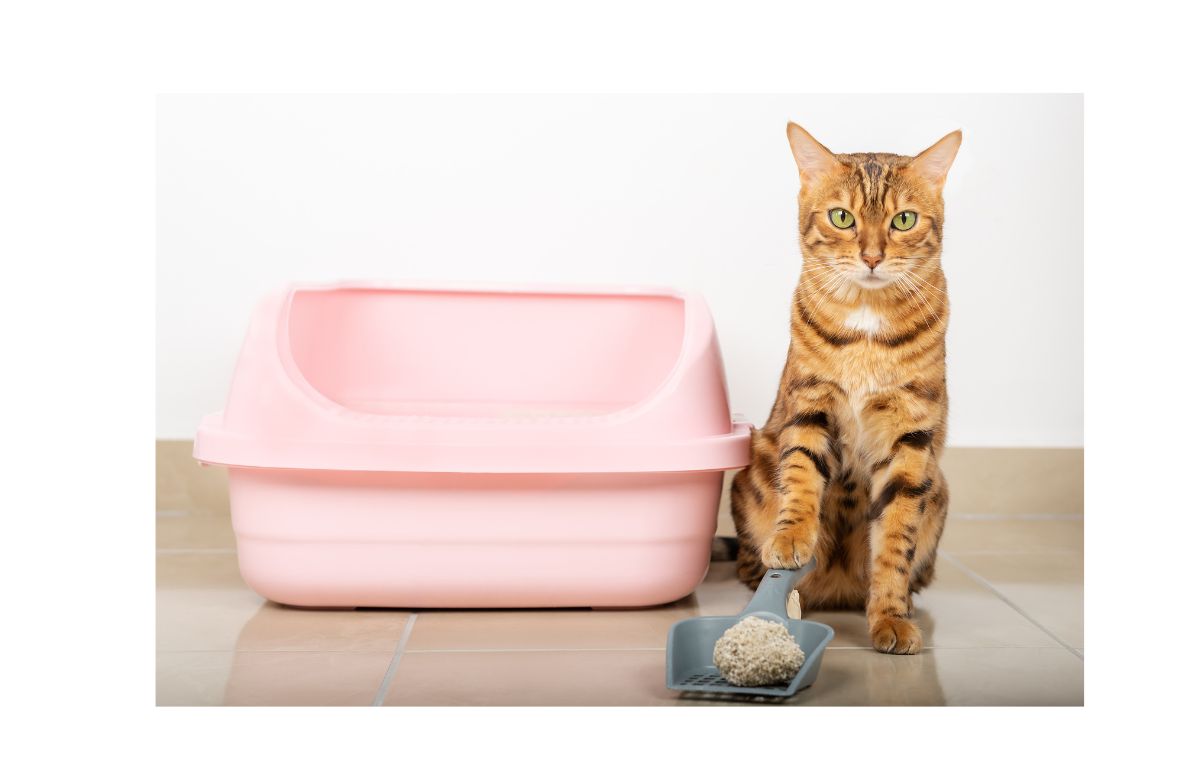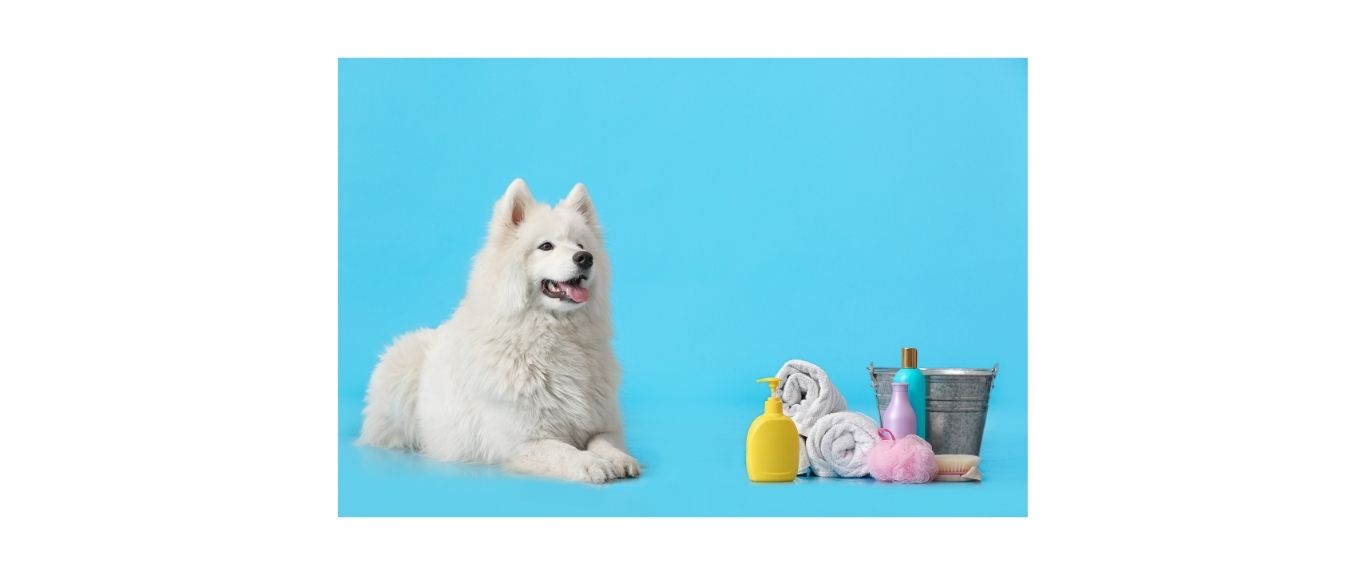We all know how important dental health is for our pets. As with many conditions, prevention is always better than the cure, so taking measure to prevent dental disease will help with our pets overall health and happiness. Read more to delve into understanding about dental coverage and pet insurance.
What is dental disease?
Periodontal or gum disease is a very common condition in pets. It is well known that 80% of pets over the age of 3 have some degree of periodontal disease. The consequence of periodontal disease is the destruction of tissues surrounding and supporting the teeth. A simple indicator of periodontal disease is noticing that your pet has bad breath.
This disease is the response of your pet’s immune system to the accumulation of plaque on their teeth. Plaque is a mixture of saliva, food particles and bacteria and it can be removed from the tooth surface by mechanical action such as brushing the teeth and chewing on dental toys, treats or food. When plaque mineralises or hardens it then is known as calculus or tartar. Calculus can only be removed by scaling of the teeth which occurs under general anaesthetic for our pets.
Prevention is better than cure
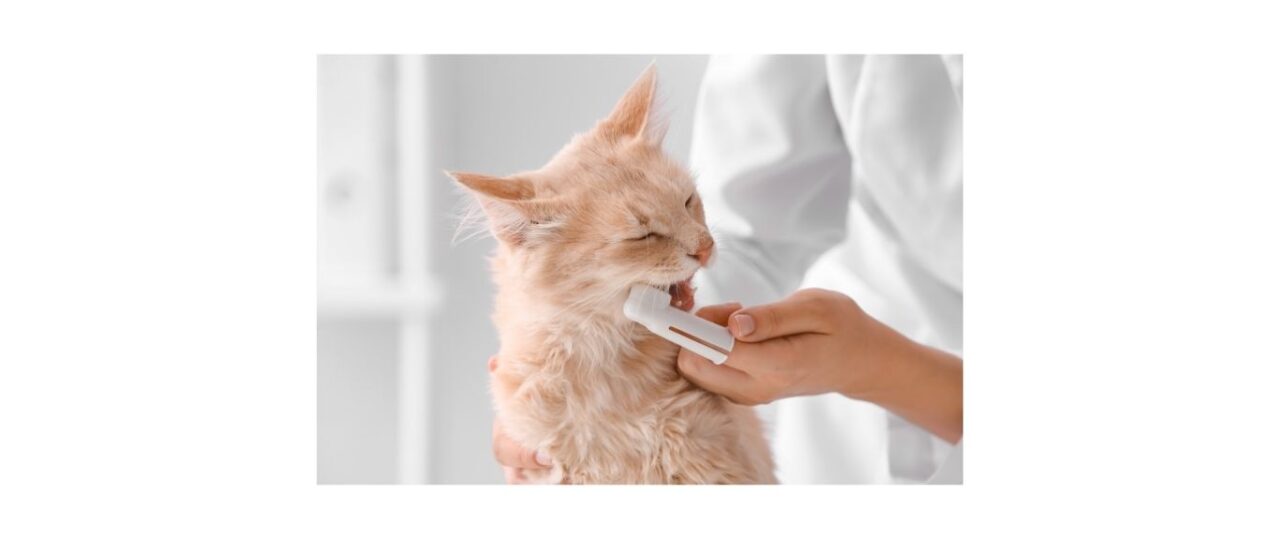
When it comes to dental illness, prevention is always better than the cure. If the plaque is not removed, the gums will become inflamed and bleed easily (gingivitis) and this can eventually lead to the supporting tissues of the teeth (bone and ligaments) becoming damaged and destroyed. The consequence of this will be the tooth becoming loose and eventually falling out.
A important consideration is that the consequence of dental disease not only affects the mouth and teeth, but it can affect other organs in the body as well. The way this occurs is through release of inflammatory products and bacterial toxins into the blood stream which can damage body organs such as the heart, kidneys, and liver. This is a major consequence and something serious that we want to avoid at all costs!
Have you ever noticed your pet being livelier and more playful and even less fussy with their food after a dental treatment has been performed? Inflammation of your pet’s gums (or gingivitis) is reversible whereas periodontal disease can only be managed.
The best way to ensure a thorough clean
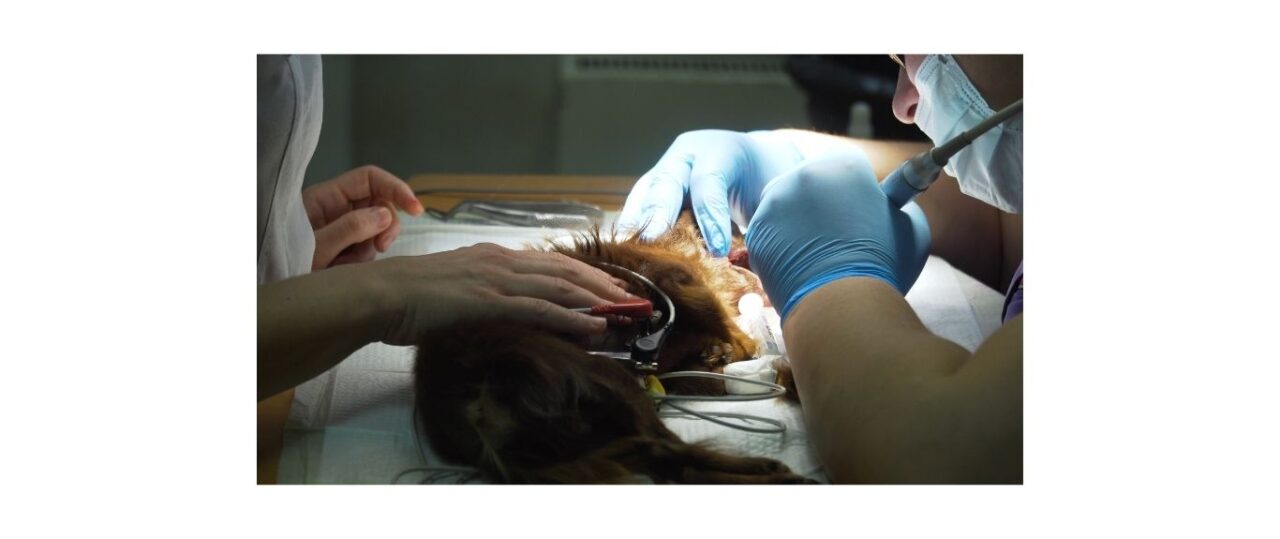
Ideally, if required (and recommended by your vet) a dental scale and polish should be performed under anaesthetic to remove calculus from the teeth and remove plaque from under the gum line.
Homecare should then be implemented in the form of toothbrushing, dental chews, water additives, dental gels, rinses and dental toys. Even with a frequent dental homecare regime that includes brushing, your pet will still require professional treatments, but the frequency will depend on multiple factors (such as their age, breed, and pre-existing dental disease).
Aftercare should not be avoided or ignored as plaque can accumulate so quickly and your pet could require another scale and polish treatment before you know it! This is both costly and has some minor risk involved being a general anaesthetic that your pet goes under. Discuss with your vet what products might be best suited for your pet and be open to trialing different options including brushing their teeth, they may surprise you with how well they react to it!
360 care
Our 360 care does cover against dental illness. Coverage for dental illness includes dental disease, gingivitis and periodontal disease. 360 care will only cover for a dental scale and cleaning if this was used to treat a covered dental illness. Dental cover does not provide coverage for cosmetic procedures or routine cleaning (preventative care). Furthermore, if you decide not to take out 360 care, your policy will not cover for any dental illness as well as any preventative or routine dental procedures or care.
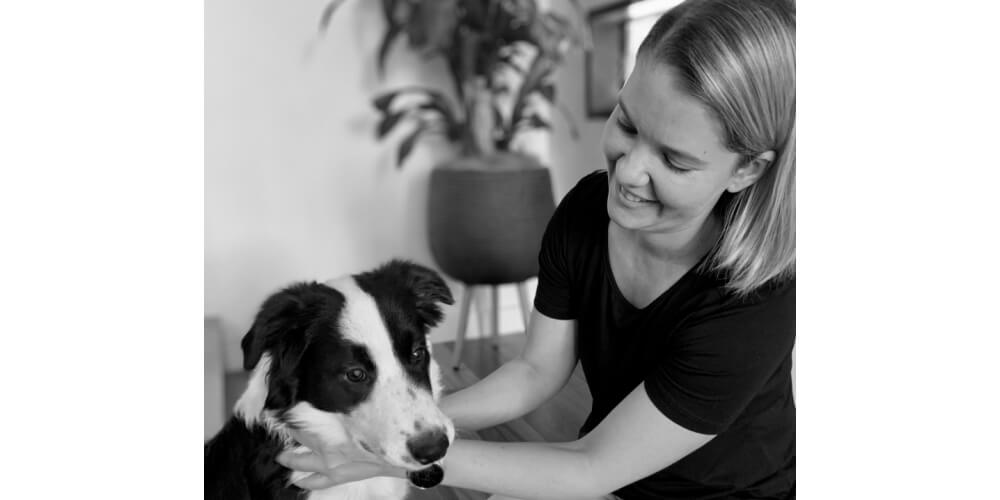
Written by Dr. Angie, the brilliant veterinary mind behind Pet Circle Insurance. With over 15 years of experience in the veterinary field and hands-on experience in handling insurance claims, Angie is a trusted and reliable source of truth when it comes to all things pet-related. Her passion for small animal medicine, nutrition, and the human-animal bond shines through in her work with the Pet Circle Veterinary Squad, where she provides top-notch advice and support to pet owners.
Pet Insurance 101: A Guide for new Pet-Parents
What is pet insurance? According to recent surveys carried out by Animal Medicines Australia, nearly…
How do I know if my cat has arthritis?
There are a number of things to look out for which may indicate your cat has arthritis. While we may…
How much does it cost to desex a dog?
The cost to desex a dog will depend on many factors including the gender of your dog, their age, siz…
How much does it cost to desex a cat?
The cost to desex a cat will vary depending on a few different factors including the gender of your …
How Much Does A Dog Cost?
What Does It Cost To Get A Dog In Australia? Did you know that Australians spend a staggering $3,200…
A purr-fect guide to identifying and preventing urinary disease in your cat
As veterinarians, we often encounter urinary disease as one of the most prevalent health concerns am…
Treatments for skin irritation in dogs
When your furry friend is dealing with a skin irritation, finding the right skin treatments can brin…
